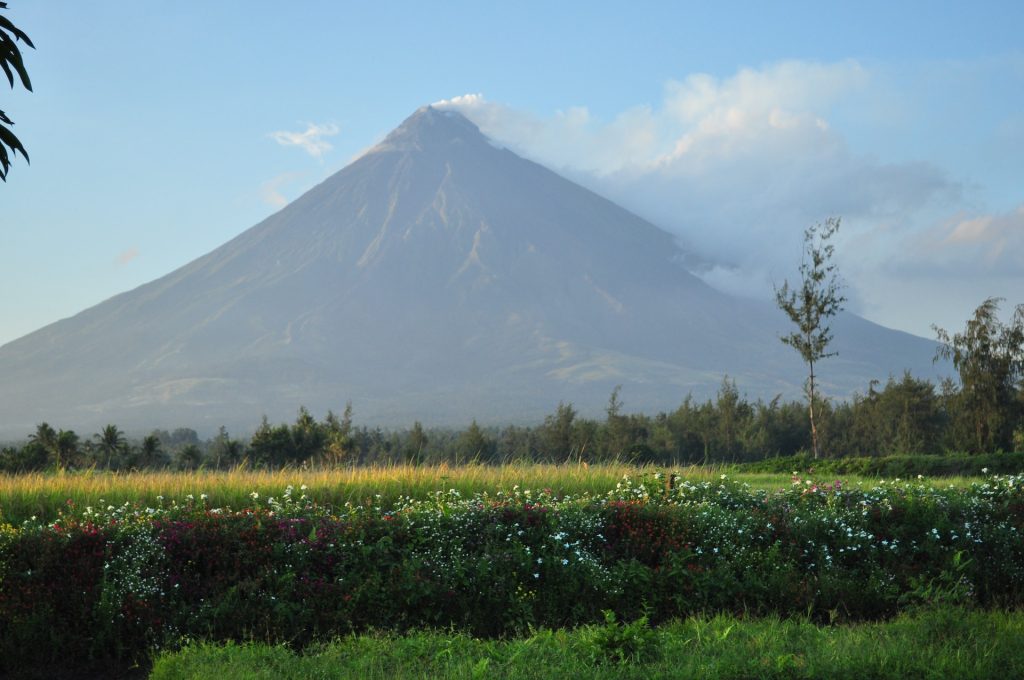Volcanoes, the Earth’s simmering cauldrons of molten rock, have fascinated and terrified humanity for centuries. But why do these fiery mountains exist, and what is their purpose in the grand scheme of our planet’s geological drama? In this volcanic adventure, we’ll unearth the mysteries of these explosive wonders, exploring their formation, activity, and the intriguing possibility of an inactive volcano springing back to life.

The Fiery Furnaces of Our Planet
Volcanoes are like Earth’s pressure relief valves, allowing the planet to release pent-up heat and gases from its molten core. Beneath the Earth’s surface lies a hot, semi-liquid layer called the mantle. The intense heat within the mantle causes some of the rock to melt, forming molten rock or magma.
Magma is lighter than the surrounding solid rock, so it rises to the surface. When it breaches the Earth’s crust, we witness a volcanic eruption, with magma, gas, and ash being expelled into the atmosphere. This explosive release of pressure is nature’s way of balancing the Earth’s internal heat.
Formation of Volcanoes: Birth of Fire Mountains
The formation of a volcano is a complex process that spans thousands of years. It begins with the accumulation of magma in a reservoir deep below the Earth’s surface. Over time, this magma reservoir can grow larger and more pressurized, until it finally finds a path to the surface.
The exact way in which volcanoes form can vary. Some are the result of tectonic plate movements, where two plates collide, causing one to be forced beneath the other. This process, known as subduction, can create powerful volcanic activity. Other volcanoes form along mid-ocean ridges, where plates are moving apart, allowing magma to rise and solidify.
Active vs. Inactive Volcanoes: What’s the Difference?
Volcanoes are classified into three main categories: active, dormant, and extinct. Active volcanoes are the ones that have erupted recently, are currently erupting, or show signs of imminent eruption. These are the fiery showstoppers that capture our attention and, sometimes, our concern.
Dormant volcanoes, on the other hand, are in a state of temporary rest. While they haven’t erupted for a long time, they still have the potential to awaken. Inactive volcanoes are those that have been dormant for so long that they are unlikely to erupt again. They have essentially retired from their explosive careers.

The Mystery of Dormant Volcanoes: Can They Reawaken?
Dormant volcanoes are like sleeping giants, and their potential to reawaken has fascinated scientists for years. While the chances of an inactive volcano becoming active are quite slim, dormant volcanoes are a different story. The reactivation of a dormant volcano depends on several factors, including the pressure in the magma reservoir, the movement of tectonic plates, and the presence of water.
Changes in these factors can potentially reawaken a dormant volcano, turning it into an active one once again. Monitoring these sleeping giants is crucial to understanding the potential risks and taking necessary precautions.
The Purpose of Volcanoes: More Than Just Spectacles
Beyond their fiery eruptions and dramatic landscapes, volcanoes play a vital role in shaping the Earth’s geology and ecosystems. They are responsible for creating new land, forming islands, and replenishing soil with nutrients. Volcanic soils are some of the most fertile on the planet, making them ideal for agriculture.
Volcanic eruptions release gases like carbon dioxide and sulfur dioxide into the atmosphere. While these gases can contribute to climate change and air pollution, they also play a role in the formation of Earth’s atmosphere and the regulation of its temperature. Volcanic activity has been integral to the evolution of our planet.
The Beauty and Danger of Volcanoes: A Geological Love Story
Volcanoes are both breathtaking and potentially hazardous. They draw us in with their awe-inspiring eruptions and mesmerizing lava flows. However, they can also pose risks to nearby communities. The same forces that create new land and enrich soil can unleash devastation, leading to evacuations, destruction, and loss of life.
Scientists continually monitor active and dormant volcanoes, striving to understand their behavior and predict eruptions. By studying these fiery mountains, we gain insight into Earth’s inner workings and our planet’s ever-changing, dynamic nature.

Volcanoes are nature’s pyrotechnics, creating a spectacle that is equal parts mesmerizing and humbling. Their formation, activity, and the possibility of dormant volcanoes reawakening all remind us of the Earth’s incredible dynamism.
While we enjoy the fiery shows put on by active volcanoes and appreciate the fertile lands they create, we must also acknowledge their potential for destruction. Volcanoes serve as a reminder of the awesome forces at play beneath our feet, shaping our world in ways both beautiful and dangerous.
So, the next time you’re captivated by the sight of a volcanic eruption on the news or in a documentary, you’ll have a deeper appreciation for the geological marvels that are Earth’s volcanoes.





